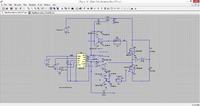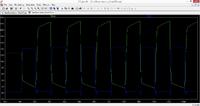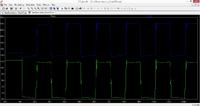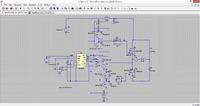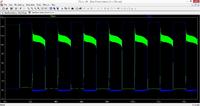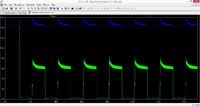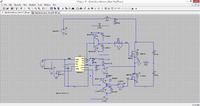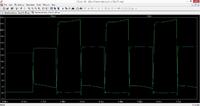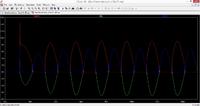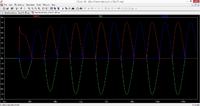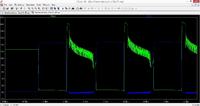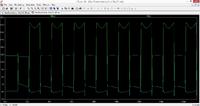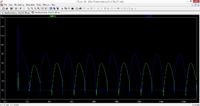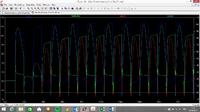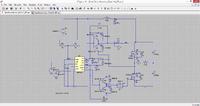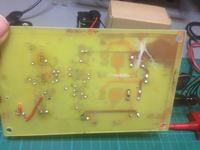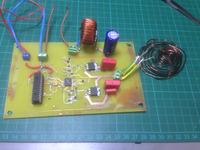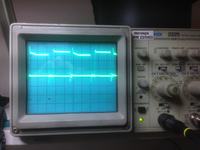Easy peasy
Advanced Member level 6
can you post your corrected schematic?
- - - Updated - - -
Delete C7, C10 in your sim...
- - - Updated - - -
and vary the freq until things look right, there is only one freq where the circuit is single cycle resonant - you want to be just above that. 1.555MHz, or 1.04 MHz (1.5 rings of the power circuit) or, 778kHz, (2 rings of the power circuit)
- - - Updated - - -
Delete C7, C10 in your sim...
- - - Updated - - -
and vary the freq until things look right, there is only one freq where the circuit is single cycle resonant - you want to be just above that. 1.555MHz, or 1.04 MHz (1.5 rings of the power circuit) or, 778kHz, (2 rings of the power circuit)
